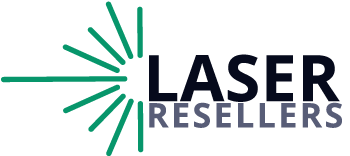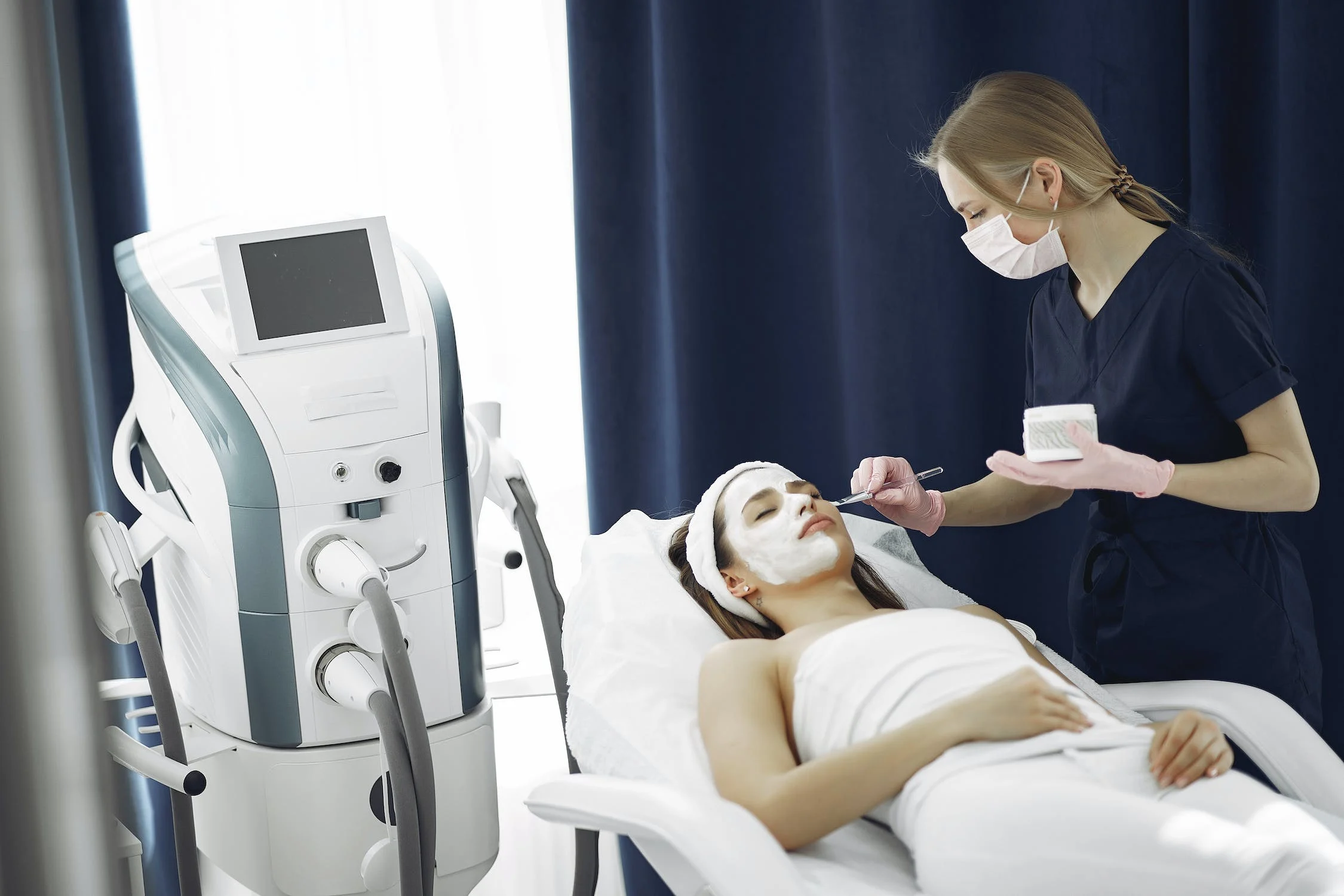In the world of laser treatments, skin resurfacing is a common rejuvenation process used to treat all manner of cosmetic concerns. Although it can’t eliminate sagging or excessive skin, laser resurfacing can lessen the appearance of fine lines, treat loss of skin tone, and even improve complexion. Today, dermatologists and aestheticians have all kinds of options when it comes to the laser skin resurfacing equipment you choose to use on your patients. Which begs the question: how do you choose?
Types of Skin Resurfacing Equipment
Laser resurfacing treatments can be performed using a number of laser platforms. These include ablative, non-ablative, fractional, and non-fractional technologies. Before we get into specific lasers, we’ll first explain the difference between the types of technology that can be used for skin resurfacing.
Ablative vs. Non-Ablative
In ablative laser treatments, a beam of laser energy is directed at the skin, destroying the epidermis, or outer layer of skin. This process prompts collagen formation, resulting in improved skin texture and tone. Ablative laser resurfacing generally takes between 30 minutes and two hours, depending on technique and the nature of the treatment, and usually only requires one session before noticeable results are achieved; however, recovery time is longer than non-ablative methods.
Non-ablative treatments, on the other hand, deliver milder heat deeper into the skin, promoting collagen production without damaging the skin’s surface. This process produces less dramatic results than ablative treatments, but is also gentler, requires less recovery time, and doesn’t come with some of the side effects present in ablative treatments such as redness, swelling, or even scarring.
Fractional vs. Non-Fractional
Both ablative and non-ablative lasers can use fractional and non-fractional technology. Fractional lasers deliver a beam divided into thousands of treatment zones targeting a fraction of the skin at a time. Non-fractional lasers affect the entire area of targeted skin with a concentrated beam of laser energy.
Non-fractional lasers produce more dramatic results within a single treatment than fractional lasers, which require more treatments to produce the same results as non-fractional laser treatments. However, fractional lasers can cause fewer complications than non-fractional laser procedures, which might cause scarring, discoloration, infections, or difficulties healing.
Skin Resurfacing Lasers
Within these different categorizations of laser platforms, there are different laser skin resurfacing equipment options that have varying effects.
Ablative Lasers
CO2 Lasers
Long a popular choice for skin rejuvenation treatments, CO2 lasers use short, concentrated beams of light to remove the damaged top layer of skin to reveal tighter skin underneath. Because it is an ablative treatment, CO2 treatments usually require a downtime of about 7-10 days. Some patients may experience slight reddening of the skin for up to six months after the procedure.
Erbium-doped yttrium-aluminum-garnet (Er:YAG) Lasers
Although ablative like CO2 treatments, procedures using Er:YAG lasers are less intensive than CO2 treatments. Depending on the treatment, the recovery period from treatments using Er:YAG technology is usually 3-5 days.
Non-ablative Lasers
Pulsed-dye Lasers
Pulsed dye lasers are so-called because the laser, which uses light converted into heat, utilizes a solution with an organic dye to produce the laser effect. These lasers are typically used to treat facial redness from dilated or excess blood vessels. Pulsed dye treatments deliver intense but gentle bursts of light into targeted areas on the skin, destroying damaged blood vessels while leaving surrounding skin safe.
Nd:YAG Lasers
Named after the laser medium, Neodymium: yytrium-aluminum garnet, the Nd:YAG laser was designed specifically for treatments addressing pigmentation and freckles. Thanks to new developments in laser technology, Nd:YAG treatments can be used in patients of all skin tones, although they might not be as effective on people with lighter-toned skin.
Intense Pulsed Light (IPL)
Although often confused with laser treatments, IPL technology does not actually involve a laser! Instead, this non-invasive photo rejuvenation technique utilizes broad spectrum visible light to target cells that cause pigmentation, sun damage, and redness of the skin. Because of the gentle nature of IPL treatments, they’re useful for patients who aren’t in need of extensive treatment.
Choosing the Right Laser
With all of these options to consider, how do you decide which laser skin resurfacing equipment is right for your business? When choosing, there are several factors that might guide your choice.
Patient Population
The question ‘what do you need?’ in the case of purchasing laser skin resurfacing equipment can be answered with a different question: what does your clientele need? Different clienteles will seek different treatments. Older patients might gravitate towards treatments for wrinkles, age spots and fine lines, while younger ones might need procedures that target conditions like hyperpigmentation and redness.
Patient Skin Tone
It’s a common misconception that laser resurfacing is only available to people with light skin types. While it’s true that some lasers pose higher risks for damage in discoloration in darker skin, safe and effective options exist for people of any skin color. However, treatments recommended for Asian or Hispanic patients will be different than those better suited for people with darker toned Black or brown skin.
Treatments
How do you pick a cosmetic laser machine? Well, what do you want it to do? As laid out above, different types of lasers use different methods, which means suitability for treatments varies from laser to laser. Want to focus on scarring, wrinkle removal and pigmentation? CO2 lasers might be for you. Does your clientele trend towards people seeking treatments for rosacea and blood vessels? IPL or Pulsed Dye technology would probably end up being your best bet.
Budget
The average laser can cost anywhere from $50,000-$250,000. Once purchased, however, a laser’s value depreciates quickly. If you buy equipment new, it will have to be used for many years before you actually begin to recoup costs on your purchase.
Because pre-owned equipment can be purchased for about half the price of new lasers, buying used lets your company start turning a profit in half the time! Plus, if you decide to resell your machine, the depreciation between the second and third sell will be much less, so you’ll make back a higher percentage of the money you invested in it.
Whatever You Choose, Choose Laser Resellers
If you’re seeking laser skin resurfacing equipment, you’re certainly spoiled for choice. And when you’re making that choice, make it easier by using Laser Resellers.
Some laser resellers will pull tricks like advertising equipment they don’t actually have in stock, sending broken equipment, or sometimes even shipping the wrong device. But not us! Any cosmetic laser you see on Laser Resellers’ website is guaranteed to be in stock, and the laser you order will be the laser we give you. We also provide maintenance on every laser we sell, so you never have to worry that anything you purchase will arrive in anything less than top condition.
Ready to purchase laser skin resurfacing equipment for your practice? Contact us today!




